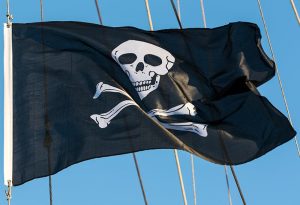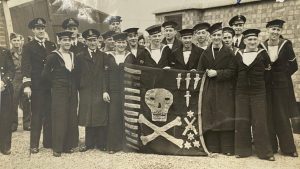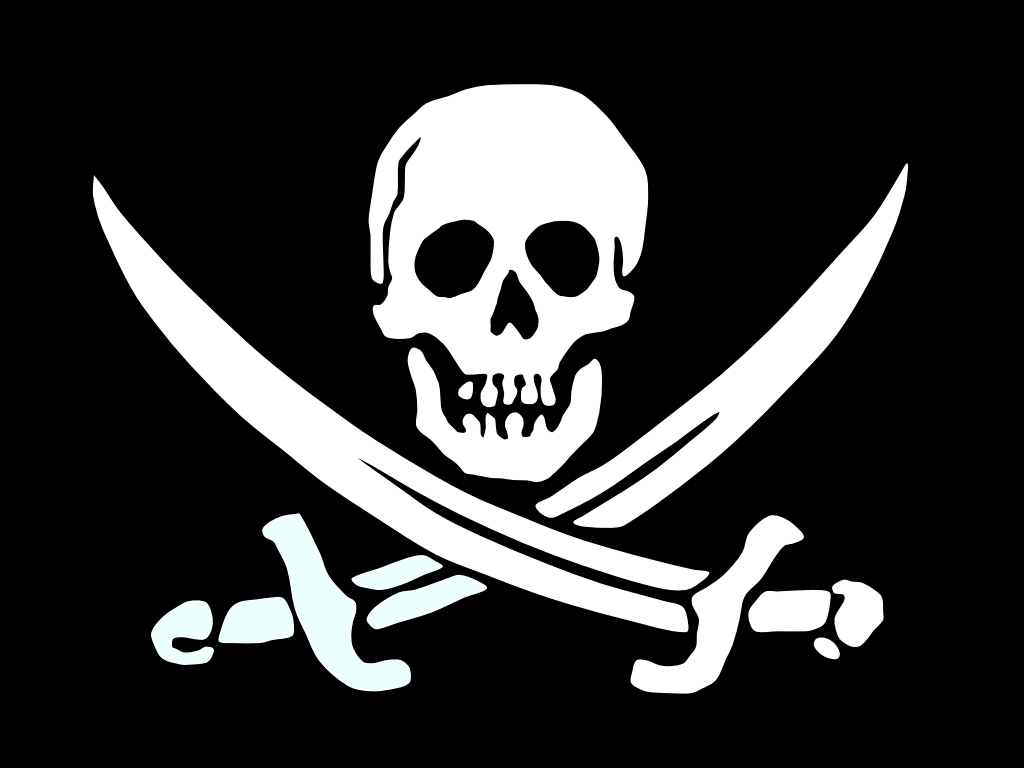The Jolly Roger, with its iconic skull and crossbones, is more than just a flag; it’s a symbol that has captured imaginations for centuries. Representing the lawless freedom of the high seas, it was flown by pirates during the Golden Age of Piracy to strike fear into the hearts of their enemies. But beyond its terror-inducing design, the Jolly Roger embodies a rebellious spirit and a life lived on the edge.
A Symbol of Defiance
In the late 1600s and early 1700s, notorious pirates like Blackbeard, Captain Kidd, and Calico Jack sailed under the Jolly Roger, each with their own variations of the flag. While the imagery varied—from hourglasses to full skeletons—the message was always clear: surrender or face the consequences. These pirates were outlaws, but they were also folk heroes to those who admired their audacity and rejection of authority.
The Legacy of the Jolly Roger
Today, the Jolly Roger lives on as a cultural icon. It’s seen on everything from t-shirts to video games, reminding us of a time when the open ocean was a wild frontier, and the rules were made by those brave enough to defy the crown. For some, the flag represents adventure and freedom; for others, it’s a reminder of the darker side of human nature.
Whether romanticized or reviled, the Jolly Roger remains one of the most enduring symbols of rebellion in history. As someone fascinated by the Golden Age of Piracy, I often imagine what it would have been like to sail under that flag. Of course, with my luck, I’d probably be the first to get scurvy, but it’s a small price to pay for a glimpse into such an extraordinary time.

